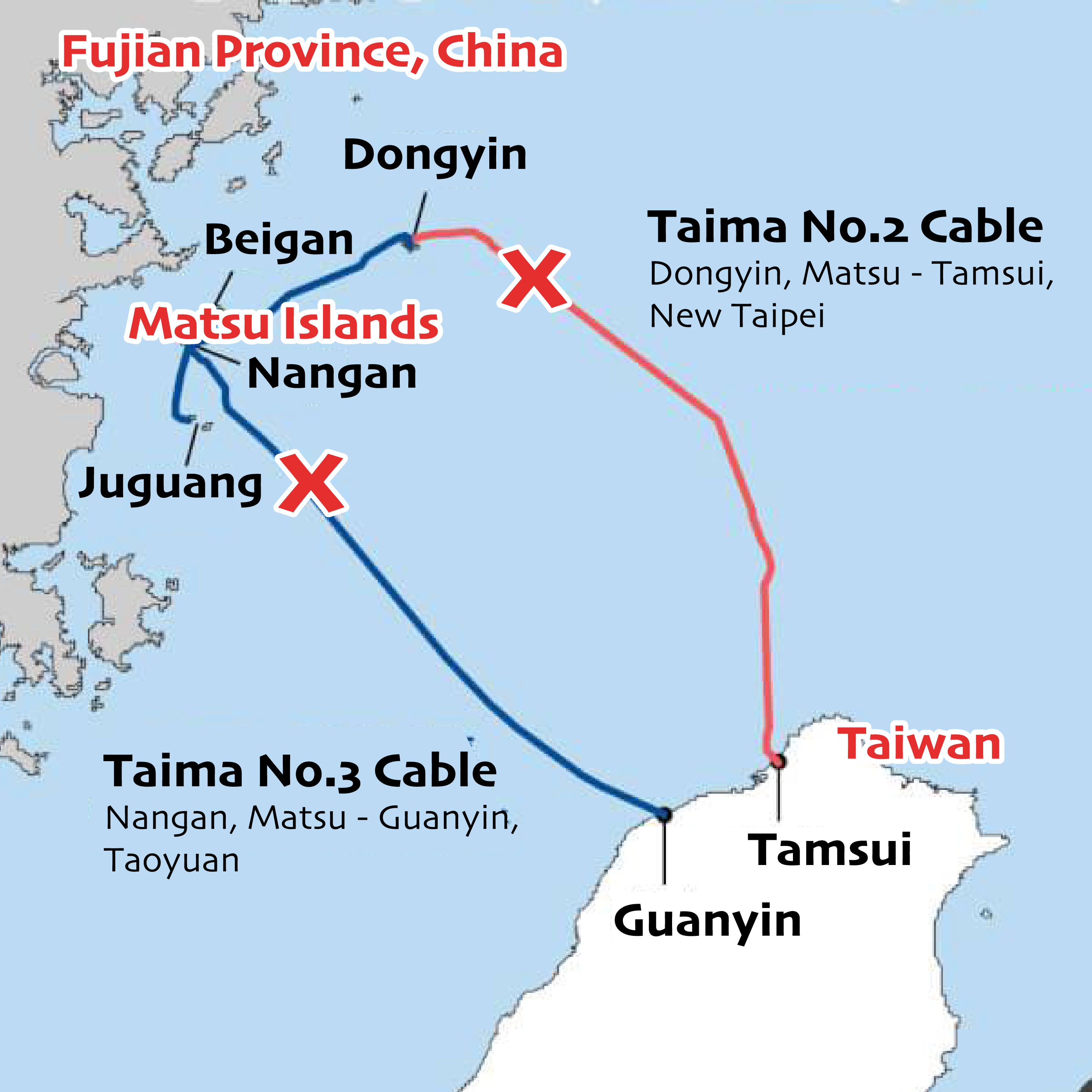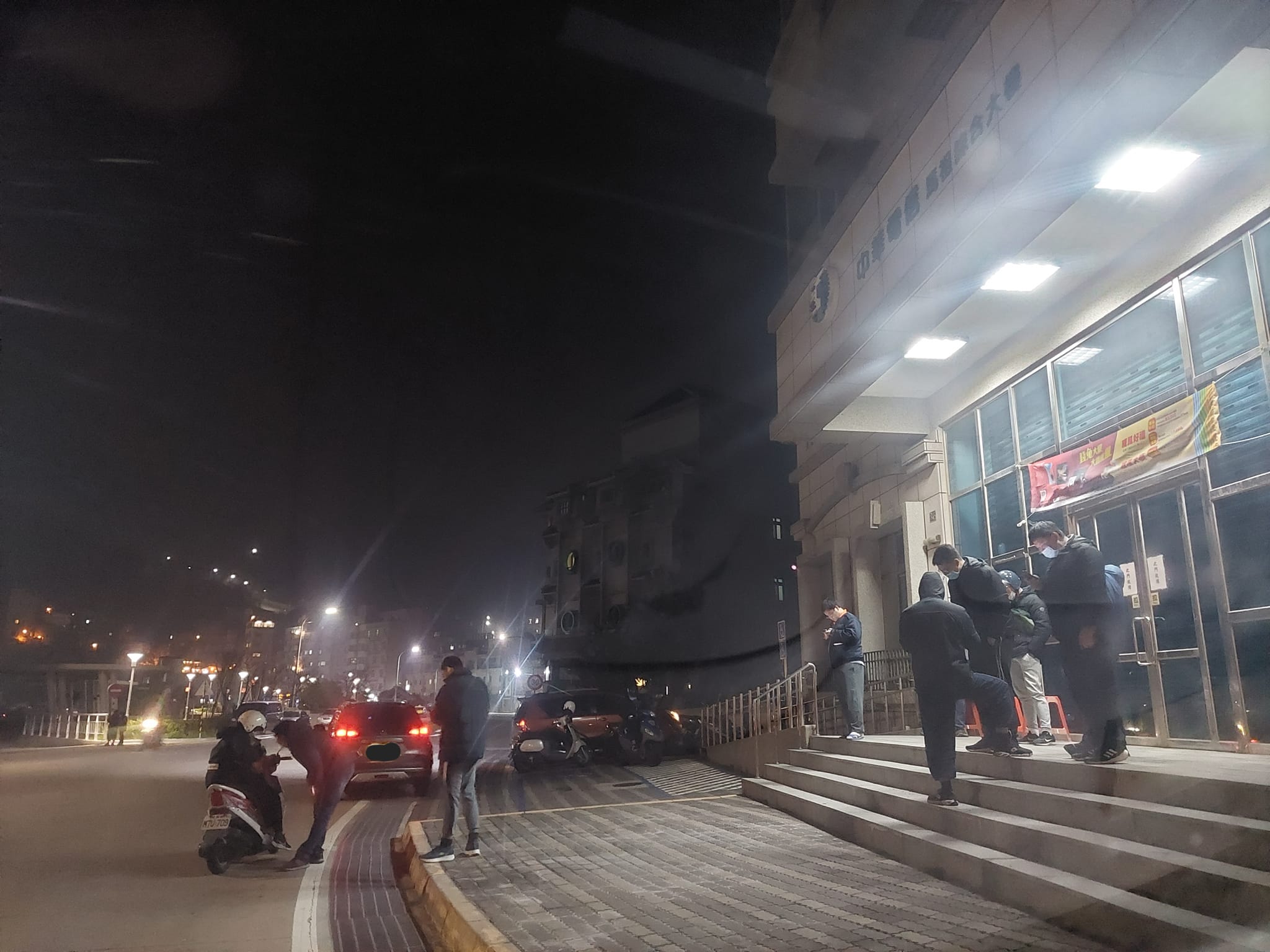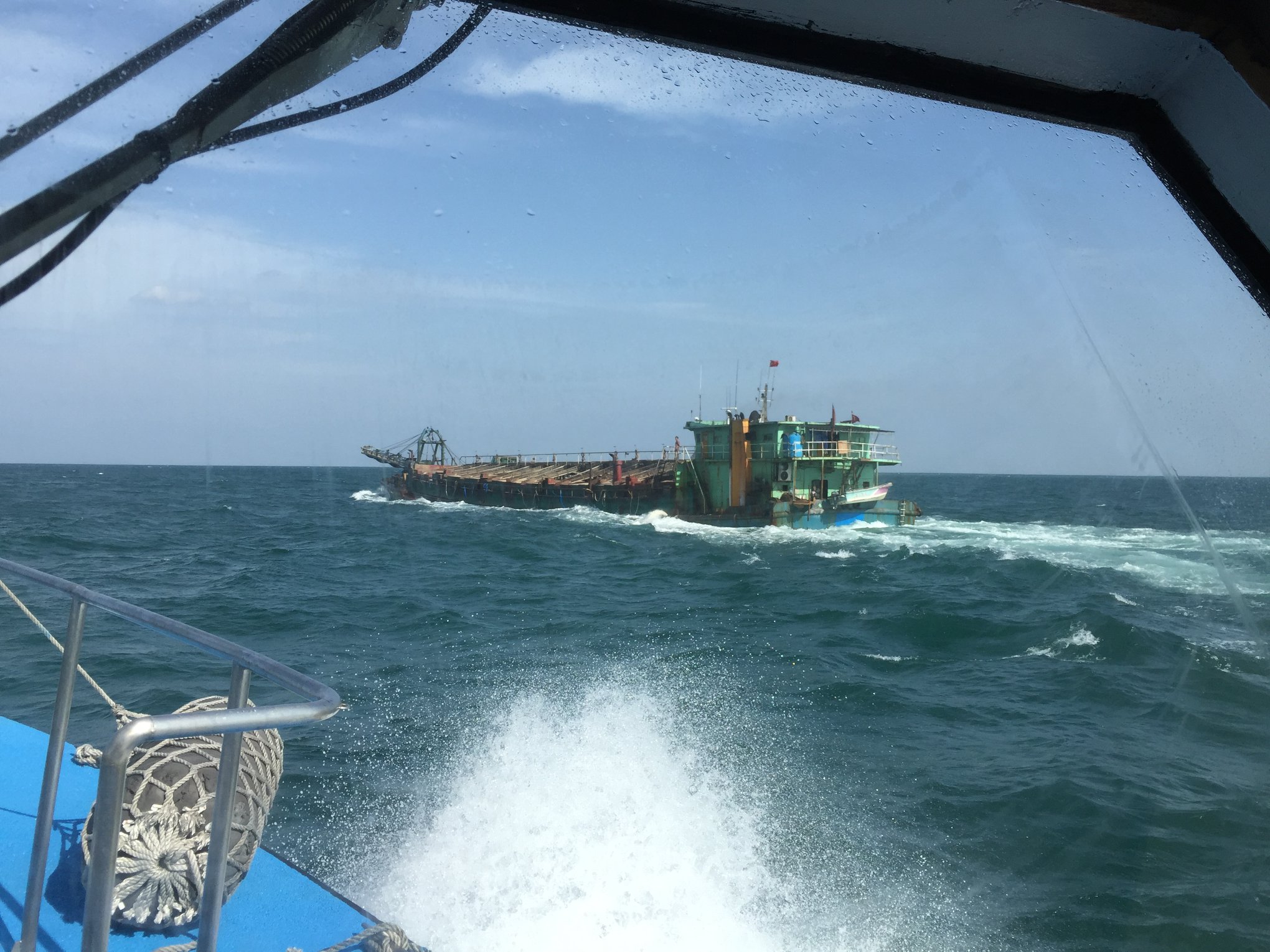On the afternoon of March 31, a collective sigh of relief passed over the Matsu Islands, a group of Taiwanese islands less than 20 kilometers off the coast of China. The long-awaited cable ship completed repairs to one of two damaged submarine cables linking the archipelago to the main island of Taiwan, ending limited internet access for 50 days, or what was described as an “invisible blockade”.
When Chinese ships damaged two submarine cables in Matsu on February 2 and February 8, Matsu’s 13,000 residents were effectively cut off from the Internet. With both cables damaged, Matsu relied on a microwave radio transmission system that provided limited access until late March.
As a resident of Matsu, I discuss experiences during Internet outages, while also sketching the discussions that followed the incident. Taiwan has been working on a multi-pronged approach to improving the security of its communications since the incident, from legislation to protect submarine cables to an increased focus on low-Earth-orbit satellite technology, such as SpaceX’s successful use of the Starlink system. in Ukraine.
The long wait for cable repair was partly because Taiwan does not have its own cable repair ships, while much-demanded cable ships often have full schedules. Although only one marine cable is required for full Internet access in Matsu; the two cables provide back-up to each other, Taiwan has also arranged for the repair of Matsu’s remaining damaged submarine cable over the next two months.

Map showing the two submarine cables connecting the Matsu Islands to Taiwan and the estimated locations of the ruptures that occurred in February. Credit: Wen Lii.
Consequences of disruptions to security and global supply chains
Matsu’s internet outage in Taiwan has sparked much talk about the nation’s resilience in communications, especially in the context of security threats from China. Commentators have debated the possibility that the damaged cables were deliberate acts of gray zone aggression by China.
Regardless of the motivation of the Chinese ships, the experiences of the Matsu should be seen as a warning signal to Taiwan. If an internet outage can happen to Matsu, it can also happen to Taiwan, which relies heavily on 14 international submarine cables to carry much of the island nation’s data transmission.
The question raised in the minds of domestic policymakers and international observers has obvious implications for national security.
Given Taiwan’s role as a technological powerhouse, particularly in the production of microchips, if the nation is cut off from the Internet, the entire world will suffer from widespread disruption of global supply chains. With internet connectivity critical to sustaining the logistics of nearly every industry in the modern world, from food production to electronics, it would be difficult to estimate the wide-ranging impact of an internet outage for Taiwan.
In times of war, it would also affect Taiwan’s ability to communicate its needs to the outside world, as well as residents’ ability to obtain basic information.
Life with limited internet in the Matsu Islands
When the first cable failed on February 2 after being damaged by a Chinese fishing vessel, hardly anyone in the Matsu Islands noticed. As there are two submarine cables providing connectivity to Matsu, internet access remained unaffected. But then a second cable failed on February 8, this time the result of a Chinese cargo ship dropping its anchor on the ill-fated cable. From that moment on, Matsu was effectively cut off from the Internet.
Matsu’s main telecommunications provider, Chunghwa Telecom (CHT), switched to a backup microwave radio transmission system. The backup system provided only 2.2 gigabits per second (Gbps) of bandwidth, while Internet use in Matsu typically requires 8 to 9 Gbps of total bandwidth provided by submarine cable connections. The broadcasting station, located on a mountain in Taipei, broadcast radio signals across the Taiwan Strait, 200 kilometers of water.
For the entire month of February, the internet connection in Matsu was barely functional, which had a major impact on the local economy. In many sectors, from tourism to the day-to-day logistics of local businesses, life has come to a temporary halt. Sending a text message could take 15 to 20 minutes, while accessing websites ranging from e-commerce platforms to hotel booking sites was nearly impossible. Video and audio content were out of the question.
The backup system provided privileged bandwidth access to a list of important facilities: government buildings, military units, hospitals, as well as CHT offices. However, ordinary Internet users and private businesses suffered from extremely slow connections.
CHT set up 24-hour Wi-Fi hotspots in its stores or offices on each island. Throughout the month of February, CHT locations became the hottest spots in the city, with people thronging the shops during business hours, even sitting outside on plastic chairs. This led to the unusual sight of residents gathering outside CHT sites at night in the cold winter weather of Matsu.

In February, Internet users gathered at night outside Chunghwa Telecom’s offices in Matsu to use a wifi hotspot. Photo by Wen Lii.
On March 6, expansion plans for microwave transmission stations were completed as a result of emergency construction by the National Communications Council (NCC) of Taiwan. This resulted in faster internet speeds, with bandwidth increasing from 2.2 Gbps to 3.8 Gbps. Further plans to expand the microwave transmission system to 8 to 9 Gb/s will be completed by the end of 2023, which will ensure normal Internet speeds in the event of similar incidents in the future.
A partial capacity expansion in March was beneficial for residents. Sending a text message now took about 1 minute instead of 15 minutes. Despite the relatively slow speed, websites were once again accessible and local businesses resumed their online operations. However, limited Internet access continued until one of the cables was fixed on March 31.
How to deal with frequent tears?
Matsu’s offshore cables have been damaged 30 times since 2017. Of these 30 cases, 10 ruptured due to Chinese sand dredging operations near the Matsu Islands, while the others were caused by falling anchors from fishing boats or cargo ships below. A submarine cable that has already been damaged can break again elsewhere, with additional break points requiring additional time and resources to repair.
In most cases, these incidents went unnoticed unless the damage to the two cables coincided. In May 2022, Matsu experienced a brief internet outage that lasted only about 10 days, a rare occurrence where both cables were down at the same time. That particular internet outage ended quickly only because one of the cables snapped in late 2021, leading to a cable repair ship being booked in advance.

Chinese sandbarrels have previously damaged submarine cables near Matsu. Photo by Wen Lii.
In the flurry of talk since the major outages in February and March, one area of discussion has focused on providing greater protection for Taiwan’s submarine cables. NCC has announced plans to build an additional submarine cable for Matsu by 2025. The board also required CHT to invest in its cable repair capabilities;
On March 29, the NCC proposed amendments to the Telecommunications Regulatory Act. If passed, the amended version would expand protections for submarine cables by imposing up to ten years in prison, as well as heavy fines of up to NT$100 million, for damaging submarine cables through an extremely expensive repair process. are taken into account.
Another major area of debate centers on Taiwan’s urgent need to develop satellite technology as a backup, mirroring its success in Ukraine. Taiwan’s Ministry of Digital Affairs (MODA) is working on an emergency satellite system.
MODA recently began testing for a non-geostationary orbit (NGSO) satellite system as part of a program that will deploy 700 ground stations in Taiwan. In response to Matsu’s internet outage, one of the first locations for these tests took place in Matsu. At the same time, Taiwan also urgently needs international assistance in the application and development of new technologies, such as low-Earth orbit (LEO) satellite systems.
While the nation waits for a cable repair ship to arrive from overseas to fix Matsu’s second damaged submarine cable, Taiwan continues to work on its multi-pronged approach to bolstering communications resilience and security.
[ad_2]
